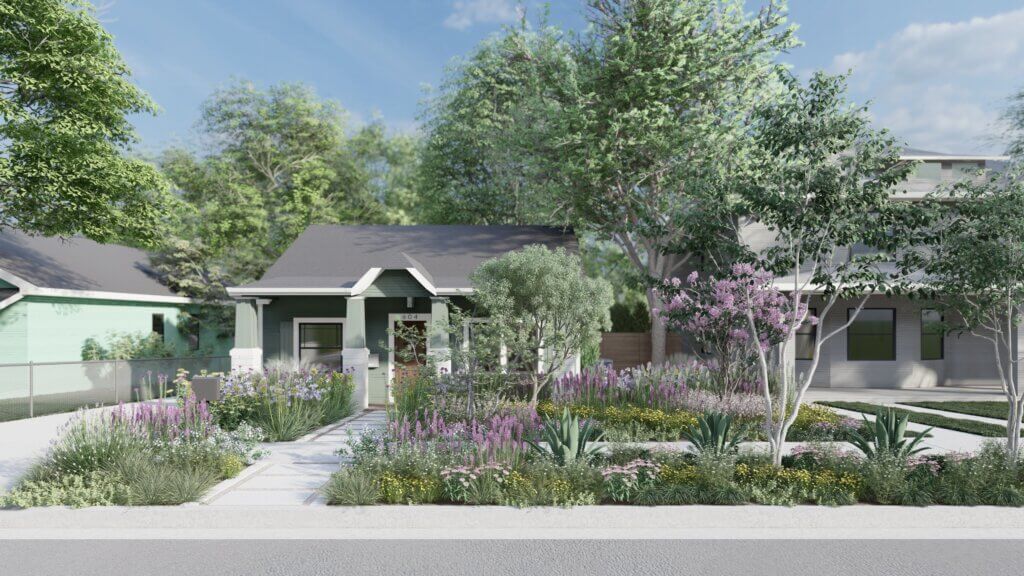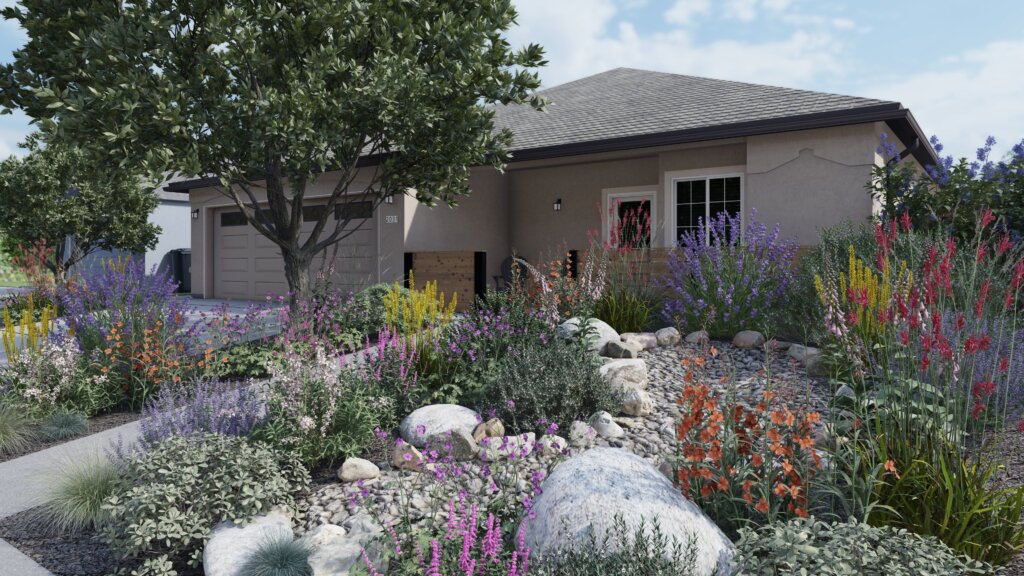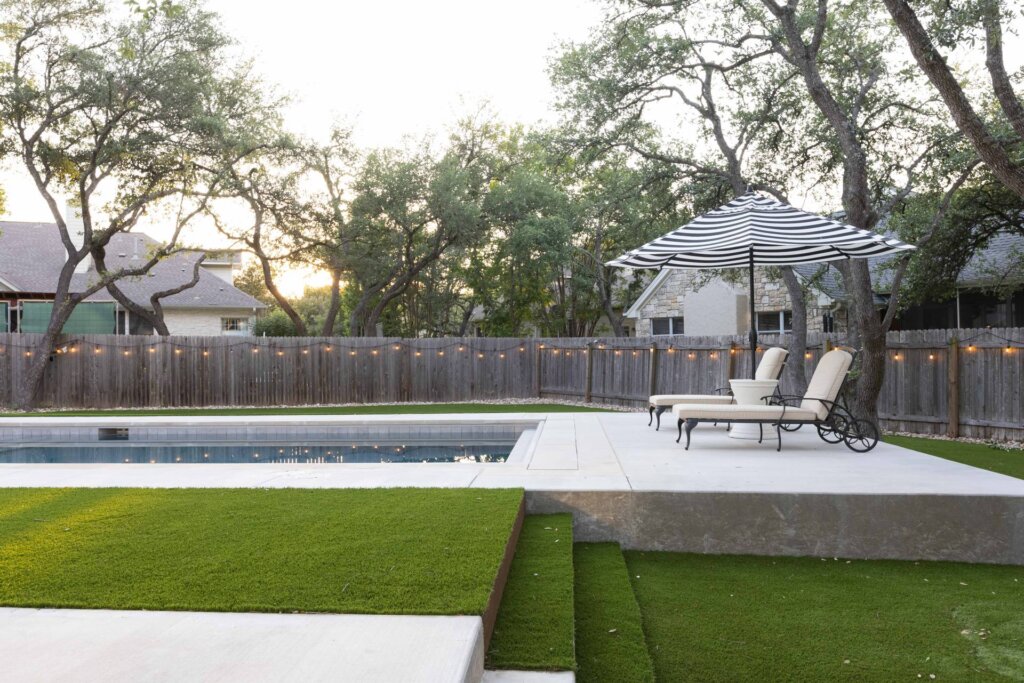
This summer, the International Union for Conservation of Nature placed the migratory monarch butterfly on its endangered species list, indicating a new and dire level of threat to the beloved species.
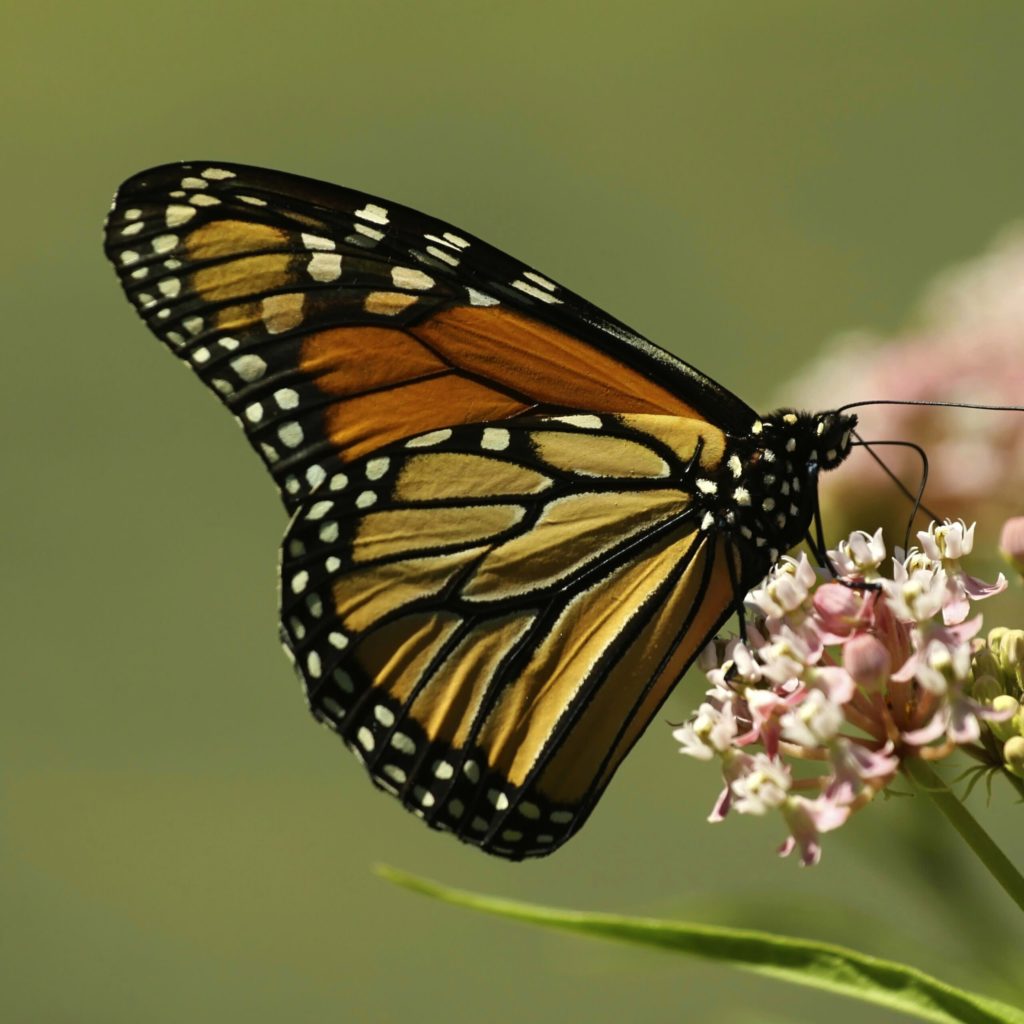
According to the IUCN, the migratory monarch population shrunk between 22% and 77% over the past decade. The Western monarch population is at greatest risk, having declined from nearly 10 million to 1,914 butterflies between the 1980s and 2021, a reduction of 99.9%.
What is causing this? A few things, but one of the biggest factors is the loss of milkweed across the United States.
What is milkweed?
Milkweed plants—species from the Asclepias genus – are flowering perennials, usually deciduous, that are native to much of the United States, along with parts of Canada and Mexico. Over 70 species of milkweed are native to the U.S., and there are milkweeds native to each of the lower 48 states. Of these 70 native species, about 30 are host species for monarch butterflies.
Milkweed species originate from a diverse array of habitats: wet to dry, marsh to forest, desert to grassland. Some species are tough enough to colonize disturbed remnants like roadsides and medians.
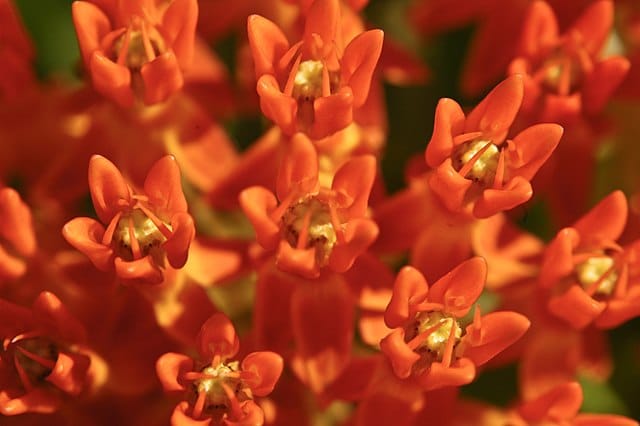
Milkweeds vary broadly in leaf shape, height, and habit—from tall and slender to low and spreading. Their flower color varies as well, ranging across white, yellow, green, purple, pink, orange, and red. What does not vary is the structure of their flowers. All milkweed flowers have the same distinctive design: an upper corona of five hoods resting above a lower corolla of five petals.
When broken, all milkweed species (save for Butterfly Weed/A. tuberosa) ooze a white sap that irritates the skin. (It’s advisable to wear gloves when handling them).
Ecologically speaking, milkweed is a powerhouse habitat plant, providing critical food or shelter for a huge range of insects, including many native bees, wasps, butterflies, moths, flies, and beetles. Even some hummingbirds rely on milkweed for nectar.
Is milkweed a good garden plant for landscape design?
Yes! Milkweed fits wonderfully into many garden styles.
With many native milkweed species to choose from, it’s simple to weave milkweed into almost any garden design, provided it’s in a region where milkweed grows naturally.

Why do monarchs need milkweed?
Monarchs lay their eggs exclusively on milkweed. It is the only host plant that will suffice for their nesting needs. Without milkweed, monarchs cannot reproduce.
Monarchs lay their eggs between Spring and early Fall, giving rise to multiple generations of butterflies in a single year. When they hatch, monarch caterpillars spend up to two weeks feeding on milkweed leaves before forming chrysalises.
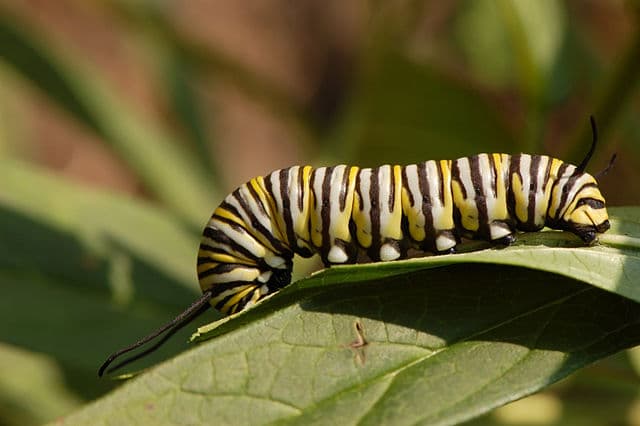
Adult butterflies rely on the nectar from milkweed flowers as well as other pollinator plants for food, including North American native wildflowers like goldenrod, Coreopsis, Liatris/blazing star, aster, and coneflower).
Milkweed plants contain toxic compounds called cardenolides (they’re what makes milkweed sap irritating). Monarchs have special adaptations that allow them to eat milkweed without being harmed by cardenolides. As they eat, the toxic compounds accumulate in the monarchs’ bodies, making them poisonous to potential predators—a crucial defense mechanism.
What is causing milkweed (and monarchs) to disappear?
- Deforestation + Development: Logging and development of rural lands to make way for agriculture and urban development have done a double whammy, eliminating large swaths of the monarchs’ winter shelter and diminishing milkweed populations along migratory routes.
- Pesticides, Herbicides, and Aggressive Land Management: Herbicides used for weed control in agriculture, roadside vegetation management, and other applications have reduced milkweed populations throughout the country.
Pesticides intended to protect crops sicken or kill monarchs, along with many other migratory insects. “Systemic” pesticides are the worst, absorbing into the plants circulatory system for long-term toxicity—the neonicotinoids famed for their impact on bee populations are one type of systemic pesticide.
Surprisingly, many plants sold at commercial nurseries are also treated with systemic pesticides. This can be particularly nefarious, with people planting chemically treated plants in their garden, sickening migrating butterflies without realizing it.
Other aggressive management practices like large-scale roadside mowing also contributes significantly to the elimination of milkweed along monarch migratory routes.
- Climate Change: As the IUCN describes, phenomena linked to climate change impact milkweed and monarchs on several fronts. Drought limits milkweed growth, and contributes to wildfires that burn off milkweed populations. Higher temperatures trick monarchs into migrating too early, before milkweed plants are available for them to nest and feed on. Millions of monarchs have perished in severe weather.
- Limited Seed + Nursery Stock: Efforts to restore milkweed populations have been hampered by limited seed and nursery stock. As the Xerces Society reports, fewer than 20 of the 70 milkweed species native to the U.S. are commonly available from commercial sources, and milkweed seeds and plants remain scarce in large parts of the country, including much of the West where monarch populations are most threatened.
- Tropical Milkweed: Asclepias curassavica, commonly called tropical milkweed, is a non-native milkweed that is attractive (to people and monarchs), easy to grow, widely available at nurseries, and very popular among consumers seeking to support monarchs. So what’s the problem?
Unfortunately, as Xerces Society explains, planting tropical milkweed in lieu of native milkweed species actually does more harm than good to monarchs. Tropical milkweed’s foliage can harbor parasites that infect monarch caterpillars as they feed, and its year-round greenery tricks adult monarchs into breeding at the wrong time of the year. Recent research also indicates that climate change causes an increase in toxicity in tropical milkweed that makes the plant toxic to monarchs.
Plant a Milkweed Garden at Home to Support Monarch Butterflies
The good news? By planting milkweed at home, we can create butterfly gardens and help to reverse the decline of monarchs, not to mention the many other species of bees, butterflies, and other beneficial insects dependent on milkweed for survival. Below, we’ll cover the basics of designing, planting, and maintaining a beautiful milkweed garden for monarch butterflies.
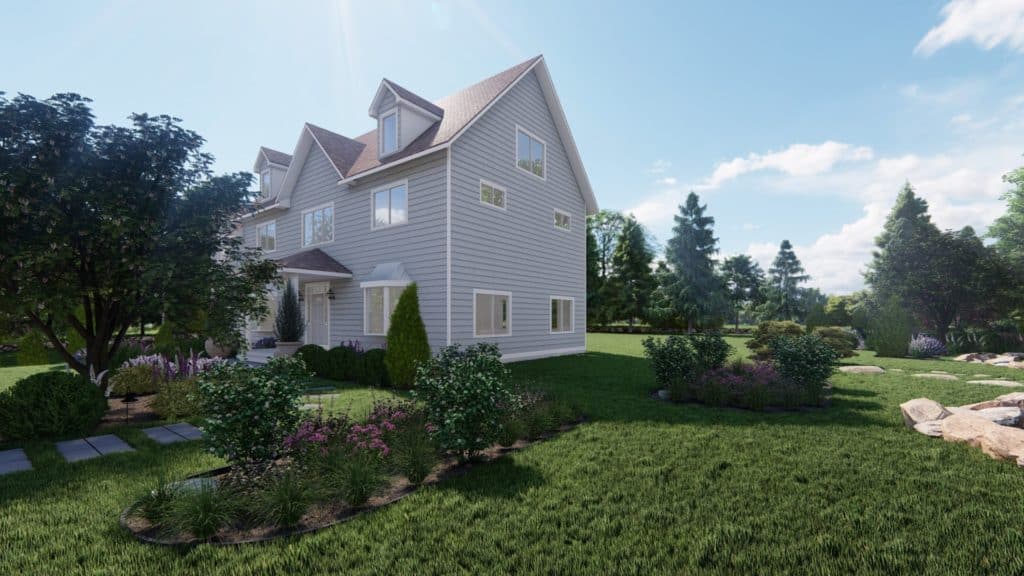
01 Choose the Right Milkweed
Which milkweed species should I plant?
Monarch experts agree that you should plant regionally native milkweed species. We suggest the following resources to help you find the best regionally native milkweed species for your yard:
- The best milkweed species for each region of the U.S. (courtesy of the Monarch Joint Venture)
- Milkweed Finder (courtesy of Xerces Society), which lists specific sources for native milkweed seed
- Regional Milkweed Guides (also courtesy of Xerces Society), which offer detailed information about native ranges and planting instructions for regionally native milkweed species.
Consult the above resources to help you locate milkweed seed or seedlings.

While regional natives are ideal, their seed can be hard to access in certain parts of the country. As a backup plan, these four species have large native ranges, and are generally good substitutes when regionally native seed is scarce:
- Common milkweed/ Asclepias syriaca. This species spreads quickly, and is considered by some to be less ornamental than other milkweed species. It works well in larger yards where it can spread freely, but if planting in a smaller space, you can contain it by placing it in a raised bed or removing its seed pods before they disperse.
- Butterfly weed / Asclepias tuberosa. This is the only milkweed that does not ooze irritating sap when broken. It has lovely orange flowers and a nice low stature, and is widely available at nurseries. No wonder its a popular option!
- Swamp milkweed / Asclepias incarnata. Native to wetlands, this showy species has showy rose-purple flowers and is prized for its ornamental value. Like A. tuberosa, it is widely available at nurseries. Downside: it requires a lot of water to survive. Upside: it can handle heavy clay soils, unlike most other milkweeds.
- Showy milkweed / Asclepias speciosa is another strong option for gardens in the West and Upper Midwest. It is similar to A. syriaca, but has larger flowers and spreads less aggressively – two perks! More importantly, it’s a slam dunk monarch magnet.
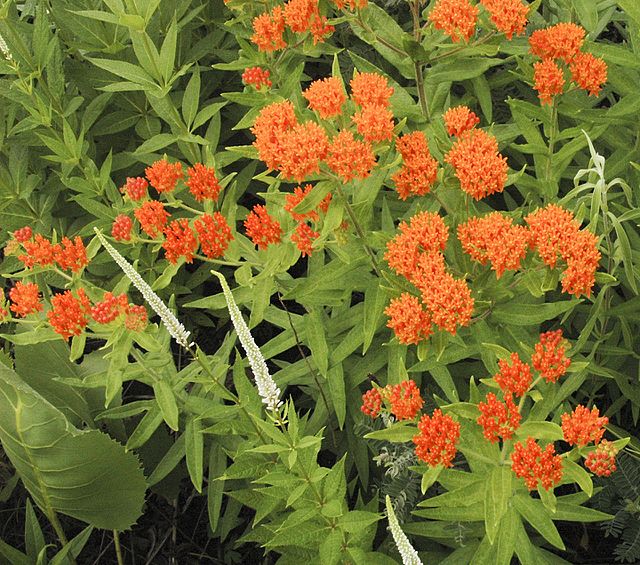

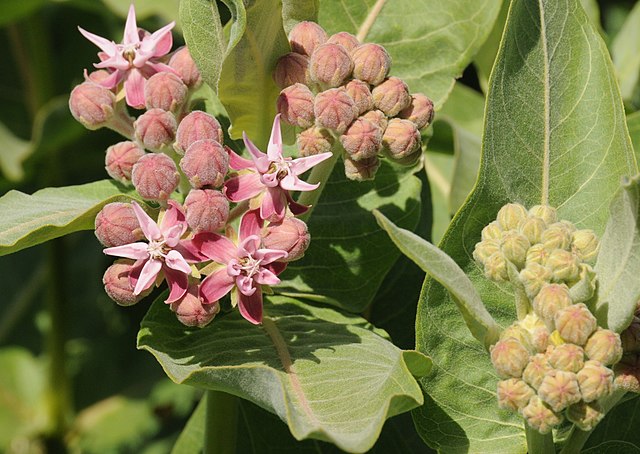
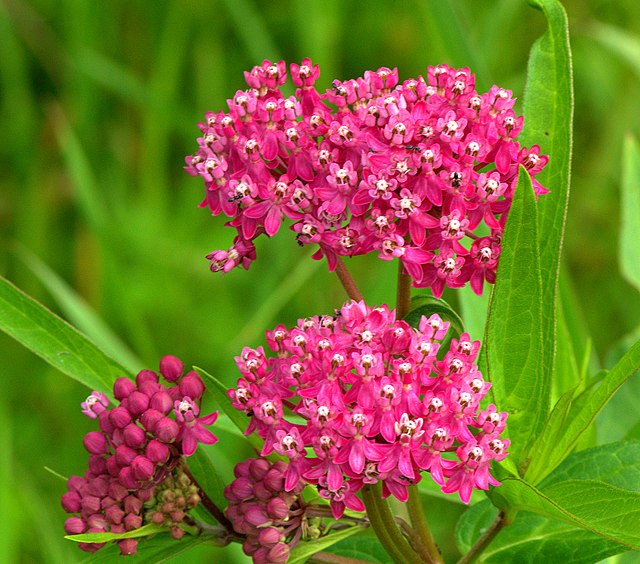
What is the difference between milkweed, butterfly weed, and butterfly bush?
“Milkweed” refers to the 70 species of the Asclepias genus.
“Butterfly weed” is the common name for Asclepias tuberosa, possibly the most popular and widely available milkweed species.
“Butterfly Bush” is the common name for Buddleja davidii, a flowering deciduous shrub native to China that is not a milkweed. In some parts of the U.S., it is considered invasive, tending to spread aggressively and outcompete other native species. While it does provide nectar for some insects and hummingbirds, it does not offer any nesting resources for monarchs.

02 Choose Your Milkweed Garden’s Location
Where should I plant milkweed?
Plant milkweed species in full sun areas and when possible, choose a wind-sheltered location—this will limit the dispersal of windborne seeds, and will create a sheltered, comfortable environment for monarchs.
The sky is the limit as far as design options for placing milkweed in a garden. We do suggest keeping it near windows or seating areas, so you can enjoy a close-up view of the monarchs and many other pollinator species that will flock to it.
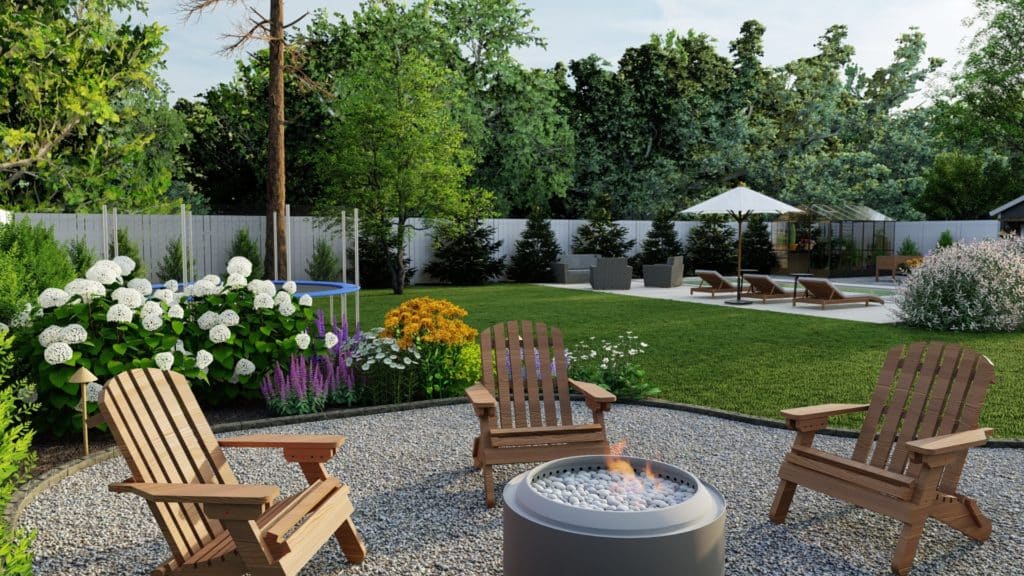
Where should you not plant milkweed?
Avoid planting milkweed in shade or poor-draining soil. Milkweed plants like full sun, and aside from swamp milkweed, want well-drained soil.
As the Monarch Joint Venture explains, you should also avoid planting milkweed in certain areas along the California coast, as doing so can disrupt monarchs’ migratory schedule or lure them into nesting in inappropriate locations.
Generally speaking, you should not plant milkweed outside of its native range. In practice this translates to avoiding planting milkweed in certain coastal areas. Milkweed is native to all lower 48 states, making virtually all of the continental U.S. fair game for milkweed planting.

If you live in one of the few regions where milkweed is not native, opt instead for proven-winner nectar plants, which will benefit not only adult monarchs but a wide range of insects and hummingbirds. Coneflower, yarrow, goldenrod, Joe-Pye weed, black-eyed Susans and asters are just a few of the many pollinator-supporting species with large native ranges in the continental U.S. that you could plant to support monarchs.
What can I plant with milkweed in my garden?
Your climate, region, site conditions, and landscape style will all influence decisions about what to plant alongside milkweed.
Regardless of style, the principle of right plant, right place applies: choose plants that are appropriate for the local climate, as well as the particular light conditions of a given location. In most cases, sun-loving milkweeds should be surrounded by plants that also enjoy full sun conditions.
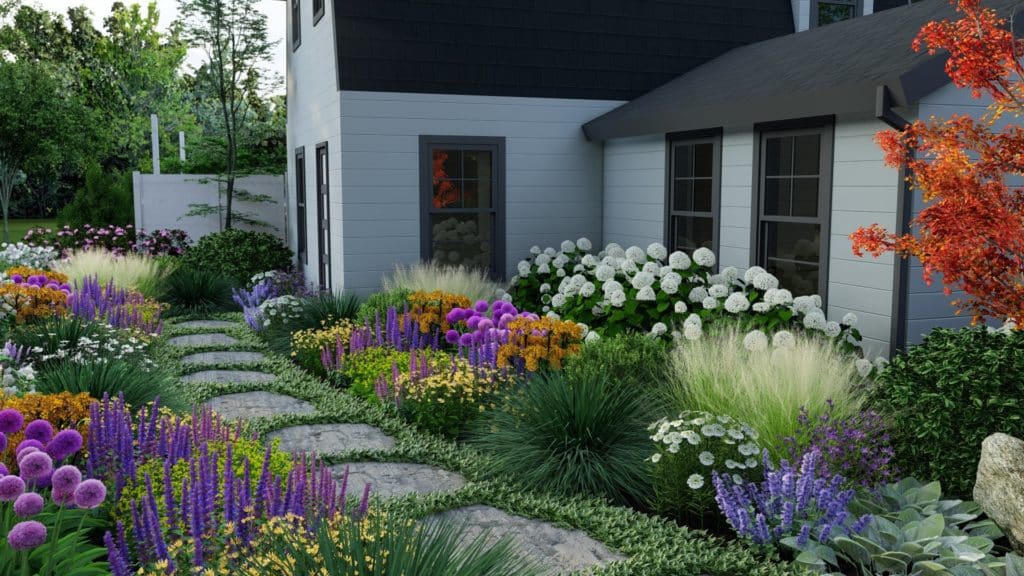
Most milkweeds have low to moderate water requirements, and tolerate some drought. Select plants with similar water requirements to accompany milkweeds in a planting design.
Incorporating a few different native milkweed species will reduce the risk of pest damage, while expanding the range of species that will benefit from your milkweed garden.
To ramp up habitat value – both for monarchs and the many other species that rely on milkweed for food or nesting resources – incorporate other nectar-rich regionally native flowering plants in a milkweed butterfly garden.

Looking for a shortcut to help you find the best nectar plants to add to your butterfly garden? The Xerces Society partnered with the native seed industry to develop Pollinator Conservation Seed Mixes, which feature a blend of regional native species that are widely adapted, non-weedy species with high value to pollinators. Visit Xerces’ site to see which seed mixes apply to your region, and where you can purchase them.
Expanding tree cover and providing recirculating water resources like ground-level bubbler-fountains will also improve the habitat value of your butterfly garden.
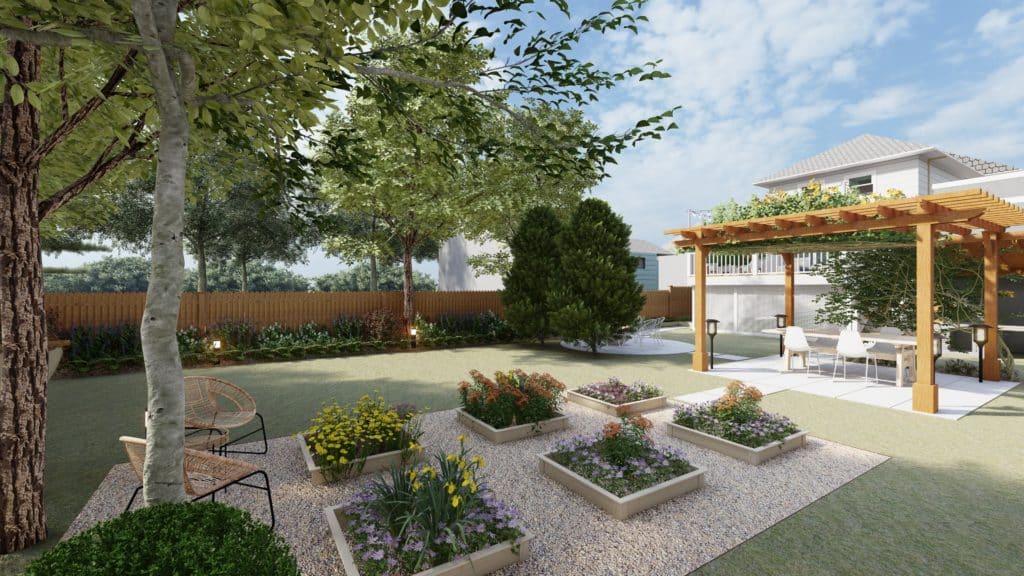
Can milkweed spread aggressively?
Aggressive spreading is not a problem with most milkweed species. No milkweed species are invasive.
Common milkweed (A. syriaca) can spread aggressively through reseeding if left unchecked.
Is milkweed toxic?
It is not safe for humans or pets to eat milkweed, although large quantities must typically be ingested to pose a serious threat, and the sap from milkweed causes skin and eye irritation. Luckily, milkweed is foul-tasting, and both pets and children tend to avoid it.
While milkweed poses some risk, it can usually be mitigated by locating the plant out of reach of pets and children, and educating children of its toxicity. For more information, see these tips from the Monarch Joint Venture.
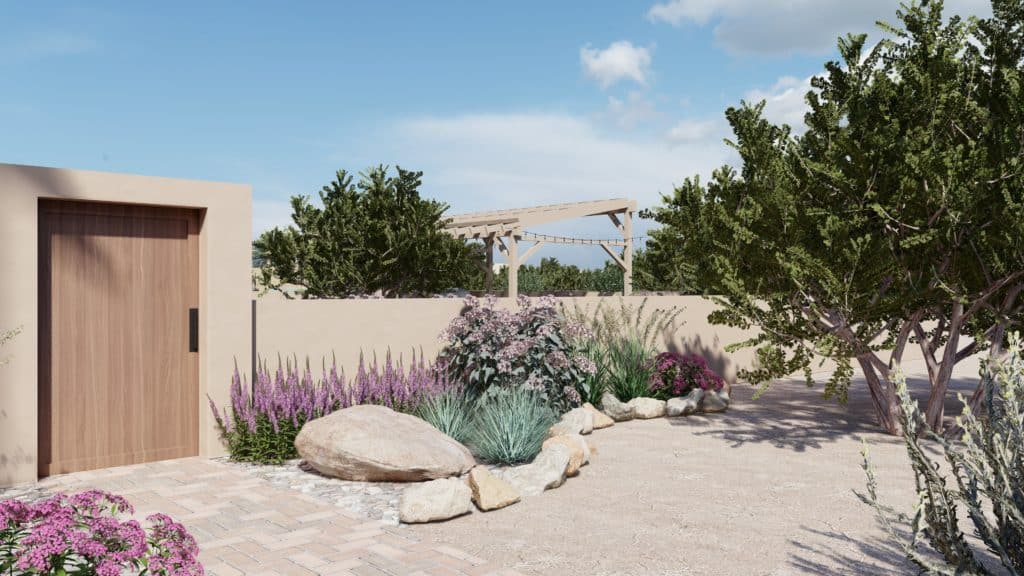
03 Planting and Caring for your Milkweed Garden
How and when do you plant milkweed?
Milkweed is generally easy to grow. It can be grown from seed, or by planting seedlings – depending on who you ask, either method may be touted as preferable or lower-effort.
In either approach, weeding is essential to limit resource competition.
- To grow from seed: Scatter seeds directly on the soil, then tamp down with your foot or a trowel. It’s best to sow in Fall, though early Spring can be ok if temperatures are still low (a good dose of cold stimulates germination). In areas like the Southwest where precipitation is irregular, sow seeds before anticipated rainfall. Your plants may not flower in their first year, but monarchs will still find them!
- To grow from seedlings: Wait until Spring, after the final frost has passed.Time the transplant to avoid periods of hot, dry, or windy weather.Water immediately after transplanting.
Some people opt to start their own seedlings by planting seeds indoors. To do this, plant seeds in moist soil, cover with plastic, and place them in a refrigerator for three weeks. After three weeks, remove the seeds from the fridge and allow them to grow indoors, misting them occasionally, until outdoor conditions are suitable for transplanting the seedlings. This method is more difficult and labor-intensive than standard sowing or seedling planting.
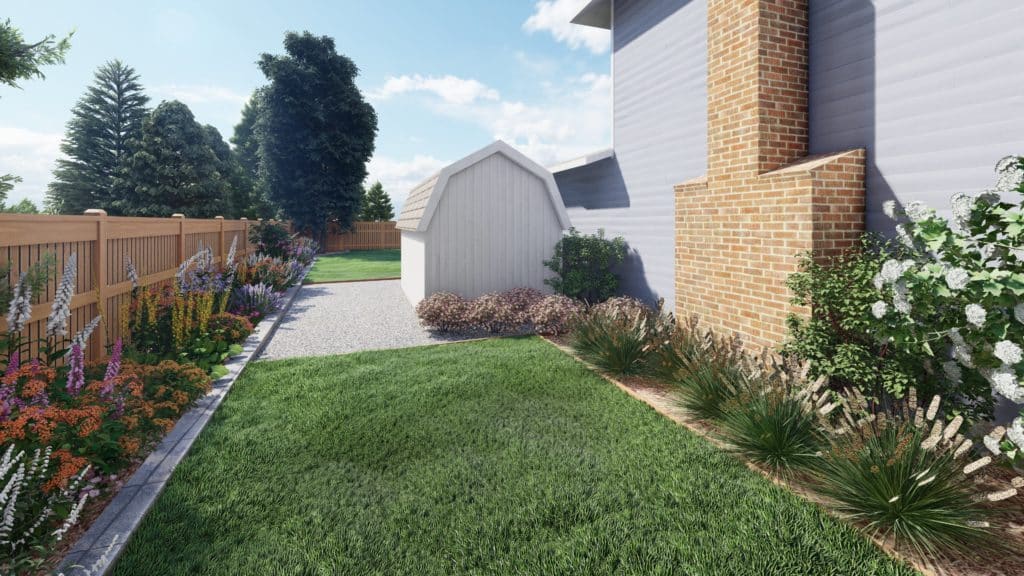
Is milkweed easy to take care of?
Yes! Milkweed is a no-fuss species, particularly if you opt for a regionally native species.
Most milkweeds stand up well to heat, drought, deer and other pests. Because native milkweeds (with the exception of swamp milkweed) tolerate a variety of garden soil types, including poor soils, they don’t require fertilization.
One tip: to avoid skin or eye irritation, wear gloves when handling milkweed.
Can I use pesticides on milkweed?
NO! Pesticides are one of the biggest threats facing both monarchs, milkweed, and many other insect species across the U.S.
Do not use insecticides or herbicides in a garden with milkweed or other pollinator-supporting plants (in fact, just avoid them altogether if you can). This includes over-the-counter topical sprays and systemic insecticides, which absorb into a plant’s circulatory system for long-term toxicity.
Before purchasing plants, speak with your nursery to make sure your plants will be organic and pesticide free. Also, check out this great guide on buying bee-friendly plants from Xerces Society, which includes questions to ask your nursery to ensure your plants will support a healthy pollinator habitat. Tip: ask for USDA Certified Organic plants and seeds.
Worried about controlling pests without pesticides? Check out this guide to pollinator-safe pest control, again courtesy of Xerces Society.

Should I prune my milkweed?
Pruning declining milkweed flowers encourages a longer flowering season – a benefit both for aesthetics and for monarch habitat.
Have more questions about monarchs and milkweed? Visit the FAQ pages at Xerces Society and the Monarch Joint Venture.
Get Started With Your Monarch-Friendly Landscape Design by Yardzen
Yardzen’s award-winning online landscape design is tailored to clients in all fifty states in the US. Through the American Rewilding Project, we are committed to creating designs with climate-adapted and habitat-providing plants as well as water saving landscaping principles in drought-prone regions unless homeowners specifically opt out.
Our design process begins with understanding your space, your aesthetic preferences, and a discussion of your budget and vision to minimize surprises when it comes time to build.
Our top-notch designers then develop a personalized vision for your yard, shared through 3D renderings, 2D plan drawings, and plant and material lists. Your design will capture the look, feel, and function you are hoping for, all while keeping costs within range.
Once your design is complete, we’ll help you connect with a local contractor from our Pro Network of vetted professional landscapers to install your new design.
Ready to level up your curb appeal and sustainability with drought-tolerant landscaping ideas? Create your design profile or explore our design packages today!
Featured Articles
How an Interior Designer Created “Outdoor Rooms” in Her Yardzen Yard

The Best Outdoor Cold Plunge Tubs & Ice Baths in 2024 (Chosen by Our Client...

Our Dreamiest Plunge Pool Yard Designs
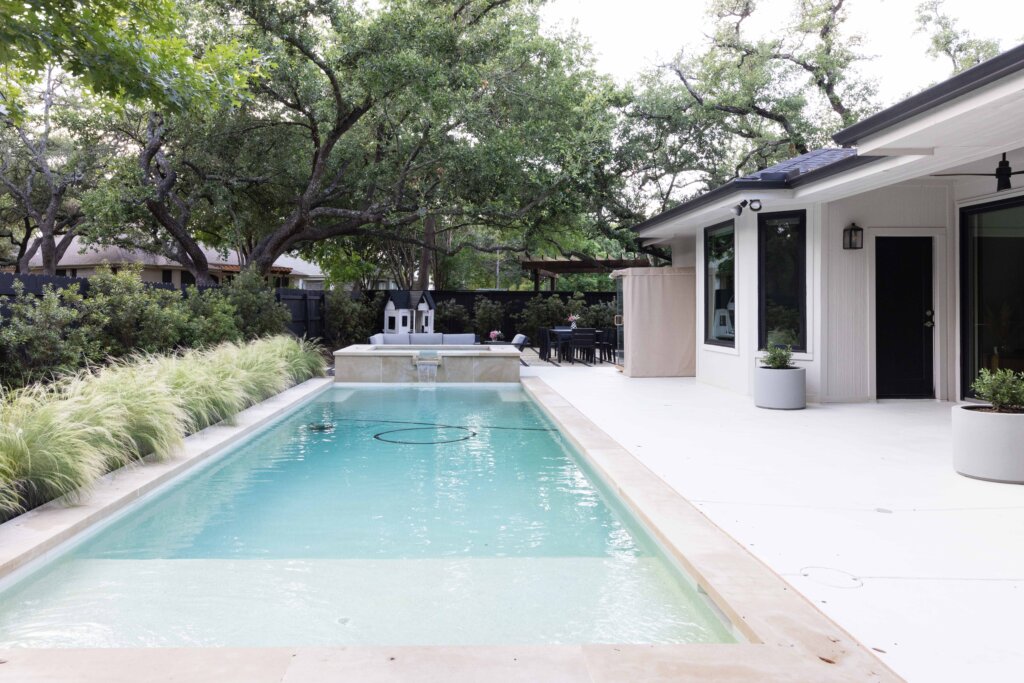
Our Favorite No-Grass Front Yard Ideas

